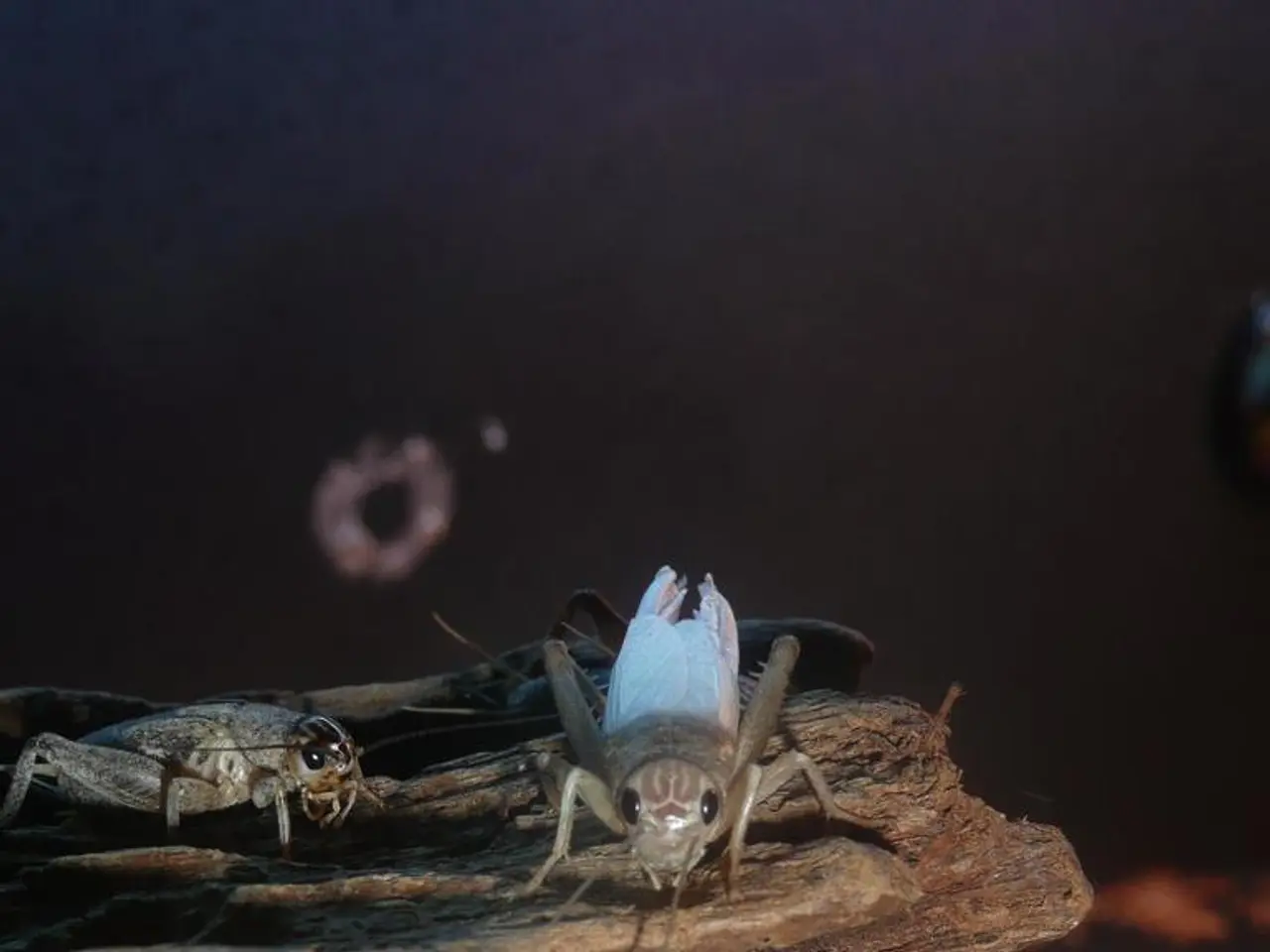Detecting Prevalent Arboreal Pests and Ailments: Strategies to Safeguard Your Trees
Common Tree Diseases and Pests: A Guide to Tree Health
Trees are essential elements in our environment, providing oxygen, shade, and habitat for wildlife. However, they can fall victim to a variety of diseases and pests that can cause significant damage or even tree death. Here's a comprehensive guide to common tree diseases and pests, their species susceptibility, and effects on tree health.
Fungal Diseases
- Anthracnose affects oak, sycamore, and maple trees, causing yellowing and browning leaf patterns, often worsened by heat and humidity.
- Root rot (including Phytophthora root rot and crown rot) affects a range of species, including fruit trees and palms, causing wilting, slow decline, and yellowing starting inside the canopy.
- Apple scab targets apple trees, producing black spots on leaves and fruit, leading to cracking and decay.
- Brown rot affects stone fruits like cherries, plums, apricots, and peaches, causing shoot dieback and fruit decay.
Bacterial Diseases
- Fire blight commonly affects species such as apple and pear, characterized by blackened, wilted branches and oozing cankers.
- Crown gall causes tumor-like growths at the base of trees, commonly in various species.
Viral Diseases
- Mosaic virus can affect various trees, causing mottled leaves and stunted growth, though symptoms can be hard to distinguish from other issues.
Special Cases in Regional Species
- Laurel wilt disease impacts redbay, avocado, and other laurel family trees, causing rapid wilting and death, spread by the redbay ambrosia beetle.
Common Pests
- Bagworms feed on foliage in many tree species, causing yellowing and eventual defoliation.
- Scale insects suck plant juices, causing yellowing, stunted growth, and premature leaf drop; they thrive in hot weather.
- Spider mites cause stippling, yellowing, and bronzing of leaves, often confused with drought stress.
- Emerald ash borer specifically targets ash trees, damaging tissues and spreading diseases.
The Impact on Tree Health
Leaf discoloration, wilting, cankers, defoliation, tumor-like growths, and infections can reduce photosynthetic capacity, disrupt nutrient and water transport, weaken the tree's energy reserves, and interfere with nutrient uptake. Infections often enter through wounds or insect vectors, worsening with environmental stress such as drought, heat, or poor soil conditions. Some pathogens, especially fungi and root rots, can cause slow, progressive decline leading to eventual death if untreated.
Prevention and Management
Early detection of symptoms (discoloration, unusual growths, insect presence) and timely management, including removing infected parts, controlling pests, and maintaining tree health, are essential to mitigate these effects. Cleaning up the plant debris can help prevent the spread of anthracnose. Proper planting, care, and addressing environmental stressors like drought and poor soil conditions can help strengthen trees against attacks.
Some trees have been developed to resist certain diseases, and proper pruning and irrigation can help reduce stress and improve tree health. If left unchecked, the tops of trees may die in one season, and the trees are weakened and can be vulnerable to bark beetles.
In conclusion, understanding common tree diseases and pests is crucial for maintaining tree health. With proper knowledge, prevention, and management, we can preserve our trees and the benefits they provide.
Read also:
- Weekly Updates from the German Parliament (Bundestag)
- Rising health care staff shortages in Virginia, as revealed by a watchdog report
- Experiencing Adverse Reactions to Promacta: A Guide to Coping Strategies
- Forward-thinking entrepreneurs and digital nomads, discover a treasure trove of essential resources to empower your online journey with our curated list of top 10 start-up and digital nomad tools.




